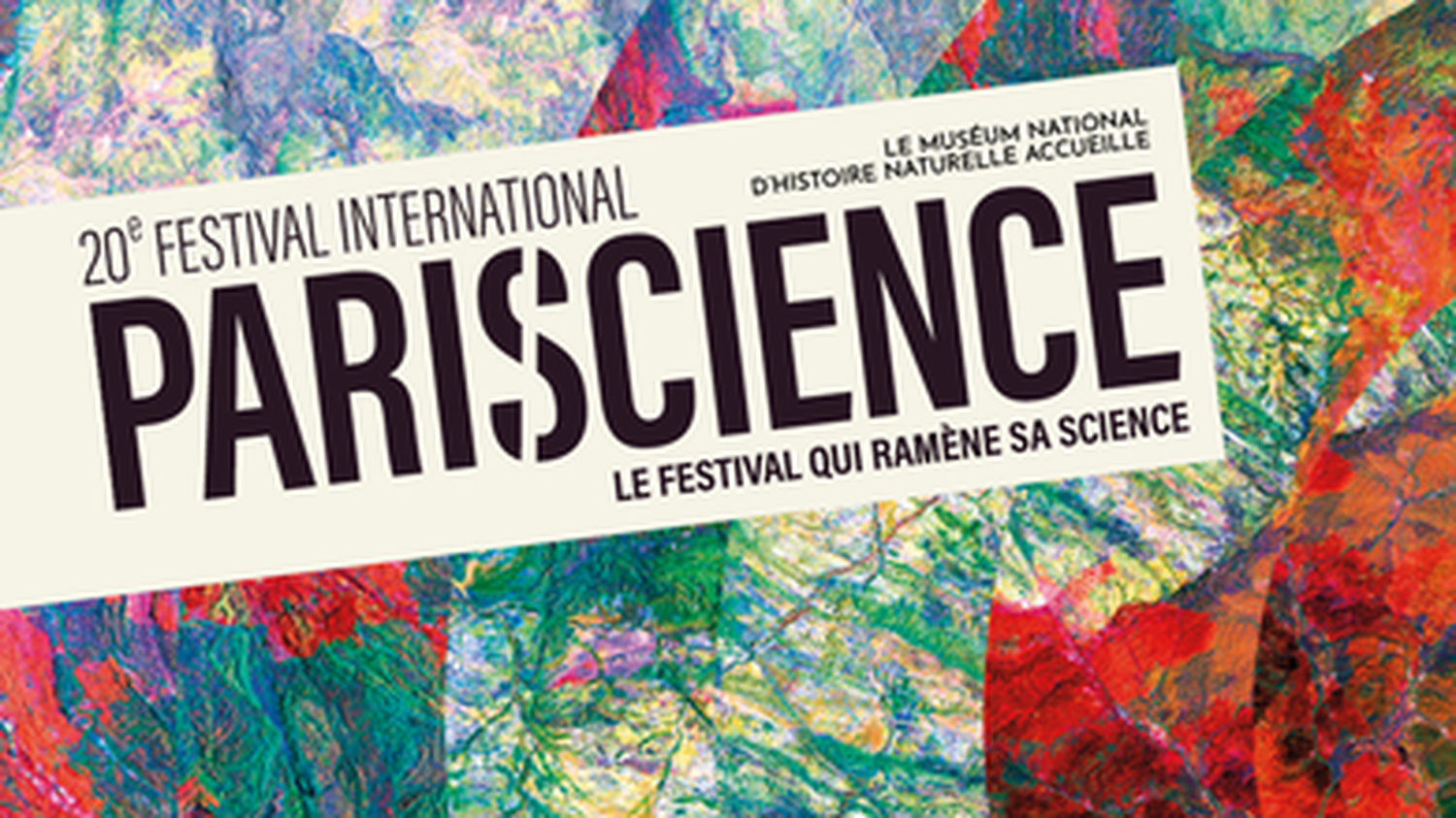The school component of the 20th edition of the international scientific film festival offers students 30 works and around twenty meetings around them at the Institute of Physics of the Globe in Paris.

Published
Reading time: 3 min

At Pariscience, the international scientific film festival, students registered throughout France – from elementary school to high school – are invited to discover films, to discuss with their protagonists and authors in order to familiarize themselves with a multitude of scientific subjects .
The school component of Pariscience, which is celebrating its 20th anniversary, started on October 8 and will be held for ten days. The event is organized by the Science & Television Association (AST) which brings together film producers, particularly scientists.
Middle and high school students, for example, discovered with their classes, Friday October 11 afternoon, The Ice Struggle by Florent Muller. The film follows a scientific expedition led by glaciologist Éric Rignot to the Petermann glacier, one of the largest in Greenland. The session was followed by a meeting with the film team.
The idea is “to create spaces for meetings and exchanges between image and research professionals and students”, explains Hel Bodi, young audience programmer. Thirty works are offered to them at the Institute of Physics of the Globe in Paris and online. In total, around twenty screenings will be followed by meetings.
“Just the school trip, going to see a film in a place of science and research” is one of the strong points of Pariscience. The festival offers children the opportunity to evolve within research institutes, “places rarely visited by students”.
Besides the fact “to talk about humanity, society, and to discuss subjects that concern students, what we like is wonder, says Hel Bodi. Just like “to raise awareness that research and science relate to issues that affect everyday life and that we all need to address”.
Pariscience is also an opportunity “to demystify professions, to try to develop young people’s appetite for scientific culture, for image education and to discuss the circulation of information”. To achieve this, the organizers are banking on “diversity” works, formats and subjects. “Historically, recalls Hel Bodi, the heart of our programming is documentaries produced and co-produced for television. But it expands over the editions. “This year, we have three sessions focusing on short films and medium-length films. We have fiction, animation, documentary…”
The objective of Pariscience being to show works which report on current scientific research and which question because “Today’s young people are tomorrow’s citizens.” “We must allow them to address major issues such as the relationship to the environment, to other living things… We want to open dialogue around these questions.” Schoolchildren also watch societal documentaries which allow experts in the human sciences, fields “which are not necessarily represented in scientific documentaries”.
In addition to screenings, several types of activities are available to students. They can thus familiarize themselves with the making of a film or learn about the pitch exercise. “When registering, explains Hel Bodi, we provide participating classes with a kit with guides. On this basis, they prepare their pitch for a scientific documentary. They then make a two-minute presentation during a session during which the professionals respond live. It’s always really cool!”
Their classes, divided into three school juries, also give their opinions thanks to three competitions. The Grass Jury, made up of three elementary school classes, will decide on three works around biodiversity. The Science Collège E-toiles jury will decide between five popular science videos, a first this year. The high school jury, exclusively from the Ile-de-France region, will appreciate three works “scientific documentaries produced by and for television”. Classes deliberate from September to December.
Pariscience is increasingly interested in popularizing science on the web, an opportunity for classes to interact with videographers like Marie Treibert, creator of the YouTube channel “La Boîte à Curiosities”. Middle school students, echoing the new competition, will also have a pitch session for these videos.
This year the festival awaits “nearly 6,500 students”. The general public section of Pariscience will open its doors from 24 to 28 october.
Pariscience
School : from 8 to 18 october 2024 at the Institute of Globe Physics in Paris
1 rue Jussieu, 75005 Paris
General public : from 24 to 28 october 2024 at the National Museum of Natural History
Jardin des Plantes, 57 rue Cuvier, 75005 Paris
Online : www.pariscience.fr
